Grow Carrots At Home? Absolutely! Imagine plucking vibrant, sweet carrots straight from your own backyard – fresher than anything you’ll find at the grocery store. It’s not just a dream; it’s an achievable reality with a few simple tricks and a little DIY spirit. For centuries, cultivating our own food has been a cornerstone of self-sufficiency and a connection to the earth. From ancient civilizations tending their kitchen gardens to modern-day urban farmers, the desire to nurture and harvest has remained constant.
But let’s be honest, the thought of grow carrots at home can seem daunting. Maybe you’ve tried before and ended up with stunted, forked roots, or perhaps you’re just not sure where to begin. That’s where this guide comes in! We’re going to demystify the process and share easy-to-follow DIY techniques that will have you enjoying a bountiful carrot harvest in no time.
In today’s world, knowing where your food comes from is more important than ever. Plus, homegrown carrots simply taste better! They’re packed with flavor and nutrients, and you have complete control over what goes into them – no harmful pesticides or chemicals. So, are you ready to ditch the store-bought carrots and embark on a rewarding gardening adventure? Let’s get started!
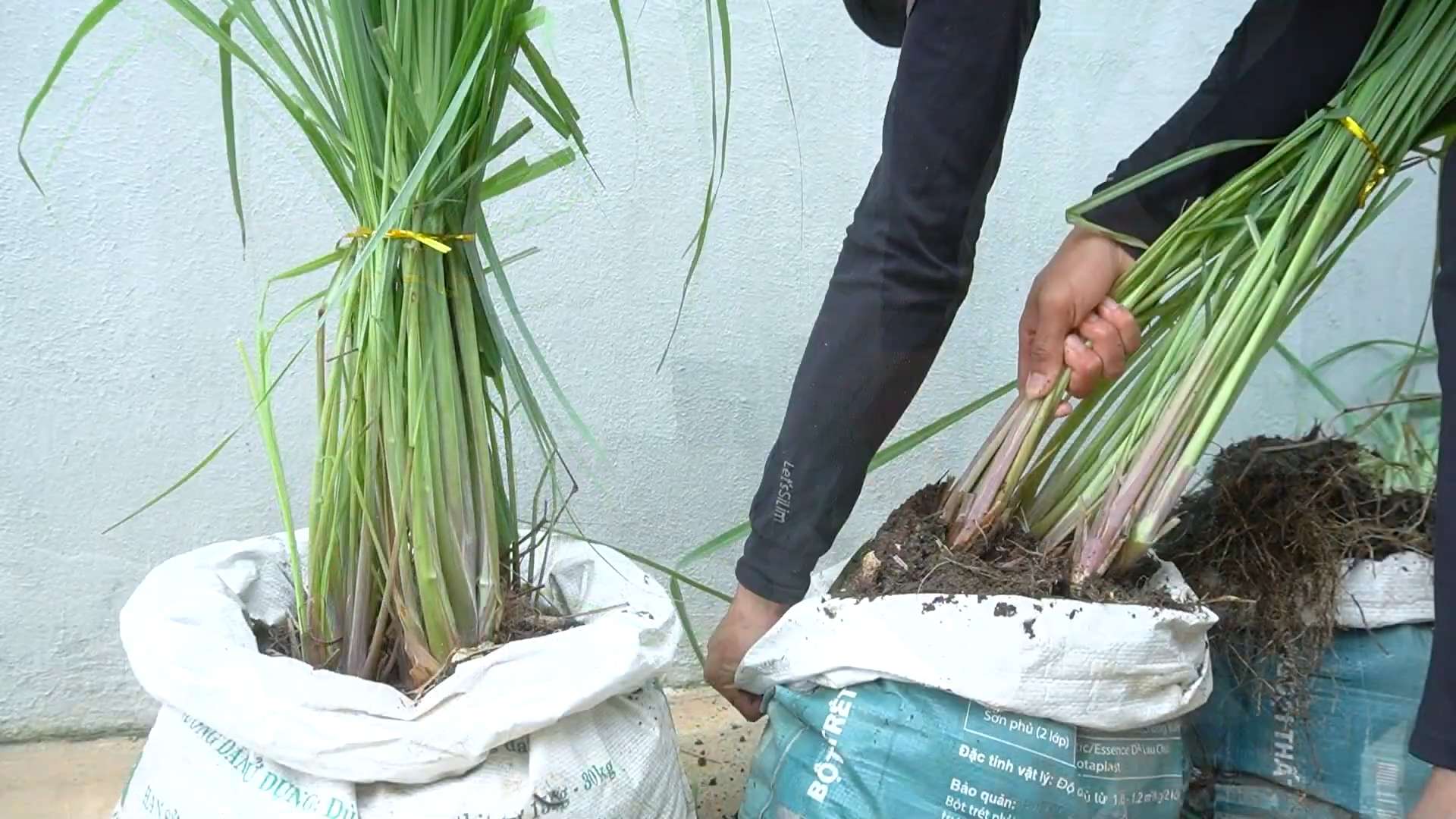
Growing Carrots at Home: A Beginner’s Guide
Hey there, fellow gardening enthusiasts! I’m so excited to share my experience with growing carrots at home. It’s surprisingly easy and incredibly rewarding to harvest your own sweet, crunchy carrots. Forget those bland supermarket carrots – homegrown ones are bursting with flavor! This guide will walk you through every step, from choosing the right variety to dealing with common problems. Let’s get started!
Choosing the Right Carrot Variety
Before you even think about planting, you need to pick the right carrot variety for your space and climate. Carrots come in all shapes and sizes, and some are better suited for containers than others.
* Nantes: These are classic, cylindrical carrots that are sweet and tender. They’re a great all-around choice and do well in most gardens.
* Chantenay: These are shorter and thicker than Nantes carrots, making them ideal for heavier or rockier soils. They also store well.
* Danvers: These are long, tapered carrots that are known for their strong flavor. They need deep, loose soil to thrive.
* Parisian: These are small, round carrots that are perfect for containers or shallow soils. They’re also quick to mature.
* Rainbow Carrots: For a bit of fun, try growing rainbow carrots! They come in a variety of colors, including purple, yellow, and white.
My Recommendation: If you’re a beginner, I highly recommend starting with Nantes or Chantenay carrots. They’re relatively easy to grow and adapt well to different conditions. If you’re short on space, Parisian carrots are a fantastic option.
Preparing the Soil
Carrots need loose, well-drained soil to grow properly. Rocky or compacted soil can lead to stunted or misshapen carrots. This is probably the most important step, so don’t skip it!
* Soil Type: Carrots prefer sandy loam soil. If your soil is heavy clay, you’ll need to amend it with organic matter.
* pH Level: The ideal soil pH for carrots is between 6.0 and 6.8. You can test your soil pH with a soil testing kit.
* Sunlight: Carrots need at least 6 hours of sunlight per day. Choose a location in your garden that gets plenty of sun.
Step-by-Step Planting Guide
Now for the fun part – planting! Follow these steps for a successful carrot harvest.
1. Clear the Area: Remove any rocks, weeds, or debris from the planting area. Carrots need a smooth, obstacle-free environment to grow straight.
2. Amend the Soil: If your soil is heavy or compacted, amend it with compost, aged manure, or other organic matter. This will improve drainage and provide nutrients for your carrots. I usually add a generous layer of compost and work it into the top 6-8 inches of soil.
3. Create Furrows: Use a hoe or trowel to create shallow furrows in the soil. The furrows should be about 1/2 inch deep and 2-3 inches apart.
4. Sow the Seeds: Carrot seeds are tiny, so it’s easy to sow them too thickly. Try to space the seeds about 1/2 inch apart in the furrows. You can use a seed dispenser or carefully sprinkle them by hand.
5. Cover the Seeds: Gently cover the seeds with a thin layer of soil. You can also use vermiculite or sand to help retain moisture.
6. Water Gently: Water the area gently with a watering can or hose. Avoid using a strong stream of water, as this can wash away the seeds.
7. Mark the Row: Label the row with the carrot variety and planting date. This will help you keep track of your plants.
Thinning the Seedlings
Thinning is crucial for giving your carrots enough space to grow. If you don’t thin them, they’ll compete for resources and you’ll end up with small, spindly carrots.
1. When to Thin: Thin the seedlings when they are about 2 inches tall.
2. How to Thin: Carefully pull out the weaker seedlings, leaving about 1-2 inches between the remaining plants. You can use small scissors to snip the seedlings at the soil line if you prefer.
3. Second Thinning: When the carrots are about 4 inches tall, thin them again, leaving about 3-4 inches between the plants.
4. Don’t Waste the Thinnings: You can eat the thinnings! They’re small, but they have a delicious carrot flavor. Add them to salads or use them as a garnish.
Watering and Fertilizing
Carrots need consistent moisture to grow properly. However, overwatering can lead to root rot.
* Watering: Water your carrots deeply once or twice a week, depending on the weather. The soil should be moist but not soggy.
* Fertilizing: Carrots don’t need a lot of fertilizer, but a light feeding can help them grow. Use a balanced fertilizer or one that is higher in phosphorus and potassium. Avoid fertilizers that are high in nitrogen, as this can promote leafy growth at the expense of root development. I like to use a liquid seaweed fertilizer diluted according to the package instructions.
Dealing with Pests and Diseases
Carrots are relatively pest-free, but there are a few common problems to watch out for.
* Carrot Rust Flies: These flies lay their eggs near the base of carrot plants, and the larvae burrow into the roots, causing damage. You can prevent carrot rust flies by covering your carrots with row covers.
* Nematodes: These microscopic worms can attack the roots of carrots, causing them to become stunted or misshapen. You can control nematodes by planting resistant varieties or by using a soil fumigant.
* Leaf Blight: This fungal disease can cause the leaves of carrots to turn yellow or brown. You can prevent leaf blight by providing good air circulation and avoiding overhead watering.
* Aster Yellows: This disease is spread by leafhoppers and can cause the leaves of carrots to become yellow and distorted. Control leafhoppers by using insecticidal soap or by covering your carrots with row covers.
My Tip: Companion planting can also help deter pests. Plant carrots with onions or garlic to repel carrot rust flies.
Harvesting Your Carrots
The moment you’ve been waiting for! Knowing when to harvest is key to getting the best flavor and texture.
1. When to Harvest: Carrots are typically ready to harvest 60-80 days after planting, depending on the variety. Check the seed packet for specific maturity dates.
2. How to Harvest: Gently loosen the soil around the carrots with a garden fork or trowel. Then, grasp the tops of the carrots and pull them straight out of the ground. If the soil is dry, water it well before harvesting to make it easier to pull the carrots.
3. Storage: Store carrots in a cool, dark place. You can store them in the refrigerator for several weeks or in a root cellar for several months. To store them in the refrigerator, remove the tops and place the carrots in a plastic bag with a damp paper towel.
Troubleshooting Common Problems
Even with the best care, you might encounter some problems along the way. Here are a few common issues and how to fix them:
* Forked or Misshapen Carrots: This is usually caused by rocky or compacted soil. Make sure to prepare the soil well before planting and remove any rocks or debris.
* Small Carrots: This can be caused by overcrowding, poor soil, or lack of sunlight. Thin the seedlings properly, amend the soil with organic matter, and make sure your carrots are getting at least 6 hours of sunlight per day.
* Bitter Carrots: This can be caused by hot weather or inconsistent watering. Keep the soil consistently moist and provide shade during the hottest part of the day.
* Cracked Carrots: This is usually caused by inconsistent watering. Water your carrots deeply and regularly, especially during dry spells.
Growing Carrots in Containers
Don’t have a garden? No problem! You can easily grow carrots in containers.
1. Choose the Right Container: Select a container that is at least 12 inches deep and wide. The deeper the container, the longer the carrots you can grow.
2. Use a Good Potting Mix: Use a high-quality potting mix that is well-draining. Avoid using garden soil, as it can become compacted in containers.
3. Planting: Follow the same planting instructions as for growing carrots in the ground.
4. Watering: Water your container carrots more frequently than carrots in the ground, as containers tend to dry out more quickly.
5. Fertilizing: Fertilize your container carrots regularly with a balanced fertilizer.
6. Sunlight: Place your container
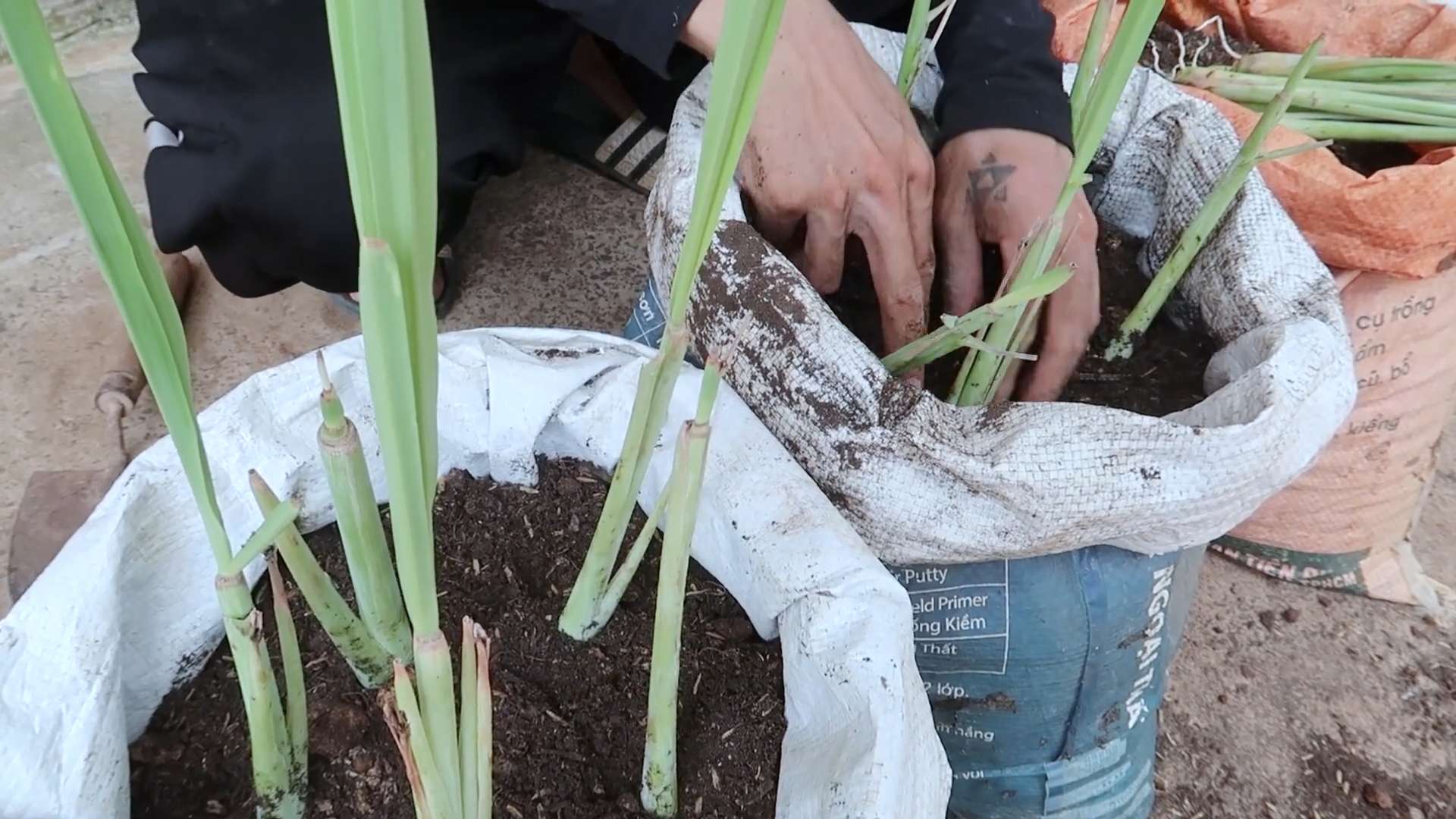
Conclusion
So, there you have it! Growing carrots at home, while seemingly daunting, is surprisingly achievable and incredibly rewarding. We’ve walked you through the essential steps, from seed selection to harvesting your vibrant, homegrown bounty. But why should you bother with this DIY project when carrots are readily available at the grocery store? The answer lies in the unparalleled freshness, flavor, and satisfaction that comes from nurturing your own food. Imagine biting into a carrot you’ve personally grown, bursting with sweetness and earthy notes – a taste far superior to anything you can buy pre-packaged.
Beyond the superior taste, growing your own carrots offers a level of control over the growing process that you simply can’t get otherwise. You can choose organic seeds, avoid harmful pesticides, and tailor the soil conditions to create the perfect environment for your carrots to thrive. This not only results in healthier, more nutritious vegetables but also contributes to a more sustainable lifestyle. Plus, it’s a fantastic way to connect with nature and learn about the fascinating process of plant growth.
This DIY carrot growing trick is a must-try for several reasons: It’s cost-effective, reduces your reliance on store-bought produce, and provides a fun and educational activity for the whole family. Think of it as a mini-science experiment that culminates in a delicious and healthy reward!
Don’t be afraid to experiment with different varieties of carrots. Consider trying Nantes carrots for their sweet flavor and cylindrical shape, or Danvers carrots for their classic, tapered form. Rainbow carrots, with their vibrant hues of purple, yellow, and orange, are also a fun and visually appealing option. You can also explore container gardening if you have limited space. Dwarf or baby carrot varieties are particularly well-suited for pots and planters. Just ensure the container is deep enough to accommodate the root growth.
Another variation to consider is companion planting. Carrots thrive when planted alongside certain herbs and vegetables. Onions and garlic, for example, can help deter carrot root flies, while rosemary and sage can repel other pests. Marigolds are also excellent companion plants, adding a splash of color to your garden while keeping harmful insects at bay.
We encourage you to embrace the challenge and embark on your own carrot-growing adventure. Don’t be discouraged if your first attempt isn’t perfect. Gardening is a learning process, and every mistake is an opportunity to improve. The most important thing is to have fun and enjoy the journey.
Once you’ve harvested your first batch of homegrown carrots, we’d love to hear about your experience! Share your tips, tricks, and photos in the comments section below. Let’s create a community of passionate gardeners and inspire others to discover the joys of growing their own food. So, grab your seeds, prepare your soil, and get ready to experience the satisfaction of growing your own delicious and nutritious carrots at home!
Frequently Asked Questions (FAQ)
What is the best time of year to plant carrots?
The best time to plant carrots depends on your climate. In general, carrots are a cool-season crop, meaning they prefer cooler temperatures. For most regions, the ideal time to plant carrots is in early spring (2-3 weeks before the last expected frost) or late summer (for a fall harvest). In warmer climates, you can plant carrots throughout the fall and winter. Check your local weather forecast and planting guides for specific recommendations based on your region.
How deep should I plant carrot seeds?
Carrot seeds are quite small, so they should be planted shallowly. Aim for a planting depth of about ¼ to ½ inch. Gently cover the seeds with fine soil or compost and water thoroughly. Be careful not to overwater, as this can wash away the seeds.
How often should I water my carrots?
Carrots need consistent moisture to thrive. Water deeply and regularly, especially during dry periods. Aim to keep the soil consistently moist but not waterlogged. A good rule of thumb is to water when the top inch of soil feels dry to the touch. Mulching around your carrot plants can help retain moisture and suppress weeds.
What kind of soil is best for growing carrots?
Carrots prefer loose, well-drained soil that is rich in organic matter. Avoid heavy clay soils, as they can hinder root development and result in misshapen carrots. Amend your soil with compost or other organic matter to improve drainage and fertility. Remove any rocks or debris that could obstruct root growth. A slightly acidic soil pH (around 6.0 to 6.8) is ideal for growing carrots.
How long does it take for carrots to mature?
The time it takes for carrots to mature depends on the variety and growing conditions. Generally, carrots take between 60 and 80 days to reach maturity. Check the seed packet for specific information on the maturity time for your chosen variety. You can harvest carrots at any size, but they will be sweetest and most flavorful when fully mature.
Why are my carrots small or misshapen?
Several factors can contribute to small or misshapen carrots. Common causes include:
* **Poor soil:** Heavy clay soils or soils lacking in nutrients can restrict root growth.
* **Overcrowding:** Carrots need adequate space to develop properly. Thin seedlings to ensure proper spacing.
* **Insufficient watering:** Inconsistent watering can stress the plants and affect root development.
* **Pests and diseases:** Carrot root flies and other pests can damage the roots, leading to misshapen carrots.
* **Rocks and debris:** Rocks or other obstructions in the soil can prevent the roots from growing straight.
How do I prevent carrot root flies?
Carrot root flies are a common pest that can damage carrot roots. Here are some tips for preventing carrot root fly infestations:
* **Use row covers:** Cover your carrot plants with fine mesh row covers to prevent the flies from laying their eggs near the plants.
* **Companion planting:** Plant onions or garlic near your carrots, as these plants can help deter carrot root flies.
* **Crop rotation:** Avoid planting carrots in the same location year after year, as this can increase the risk of infestation.
* **Remove infected plants:** If you notice any signs of carrot root fly damage, remove the infected plants immediately to prevent the spread of the pest.
* **Apply nematodes:** Beneficial nematodes can be applied to the soil to control carrot root fly larvae.
Can I grow carrots in containers?
Yes, you can grow carrots in containers, especially if you have limited space. Choose a container that is at least 12 inches deep to accommodate the root growth. Use a well-draining potting mix and water regularly. Dwarf or baby carrot varieties are particularly well-suited for container gardening.
How do I know when my carrots are ready to harvest?
You can harvest carrots when they reach the desired size. Gently loosen the soil around the carrots and pull them out of the ground. You can also check the size of the carrots by gently brushing away the soil around the crown. The shoulders of the carrots should be visible above the soil line.
How do I store harvested carrots?
To store harvested carrots, remove the green tops and gently brush off any excess soil. Store the carrots in a cool, dark, and humid place, such as a refrigerator or root cellar. You can also store carrots in a plastic bag or container with a damp paper towel to help retain moisture. Properly stored carrots can last for several weeks or even months.

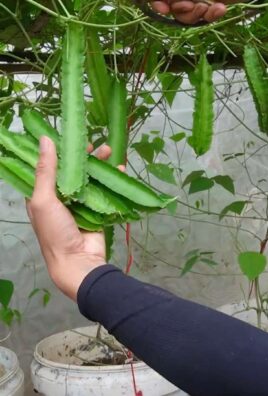
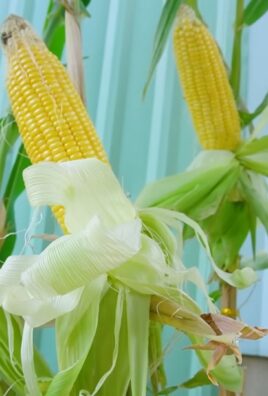
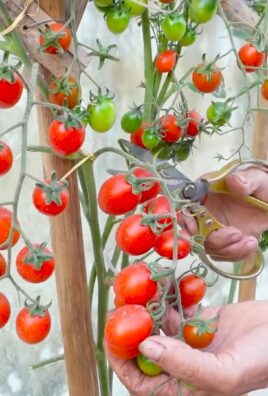
Leave a Comment